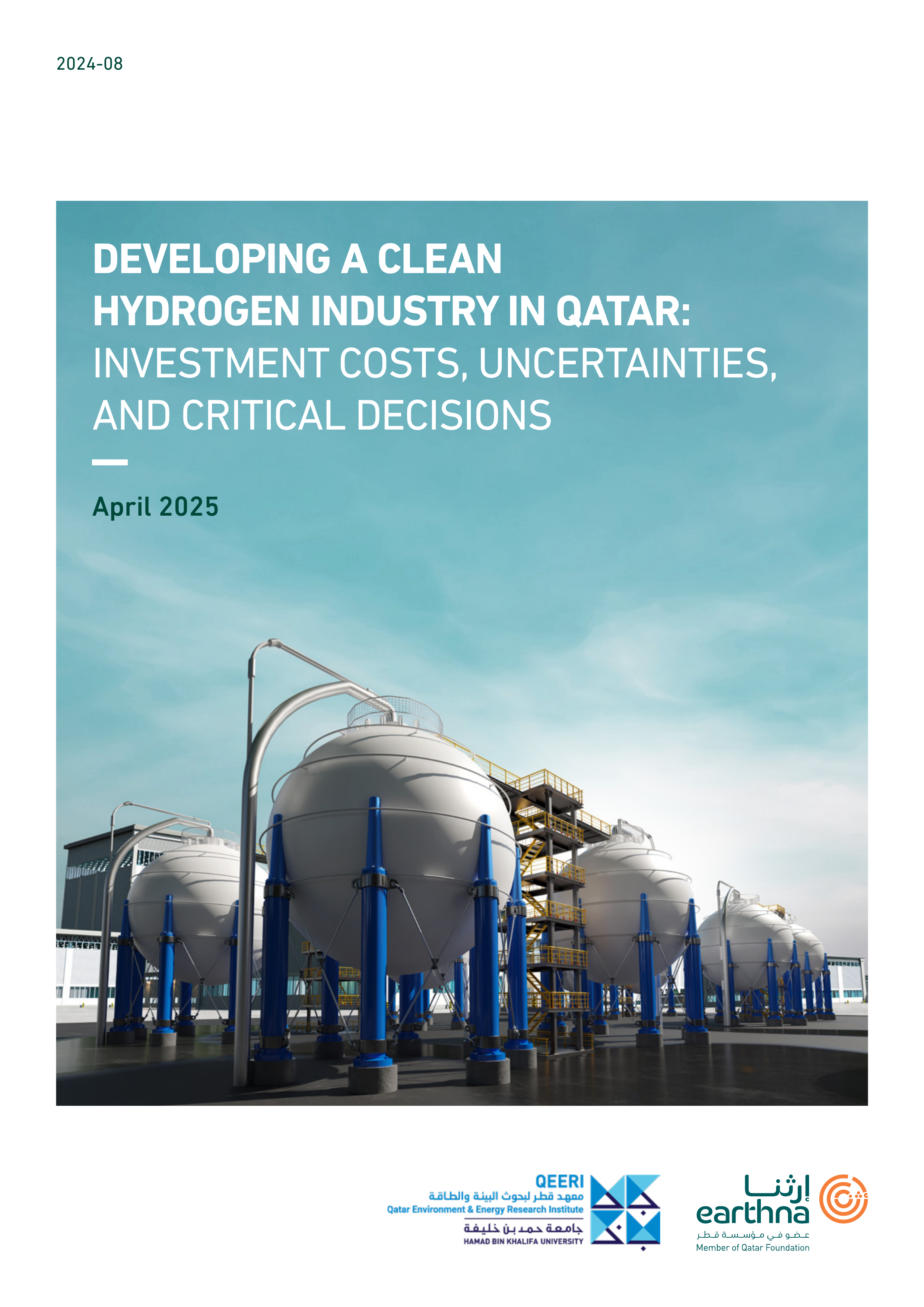
This report explores pathways for Qatar to develop a clean hydrogen industry, considering investment costs, policy gaps, and market uncertainties. As a major exporter of liquefied natural gas (LNG), Qatar is well-positioned to lead in low-carbon hydrogen production.
Qatar already produces large quantities of hydrogen for industrial use. This highlights the opportunity to decarbonize existing production using carbon capture and storage (CCS) technologies, transitioning to blue hydrogen.
The report outlines four strategic pathways:
1. Cleaning Local Industry: Retrofitting current hydrogen facilities with CCS to reduce emissions.
2. Expanding Clean Industry: Scaling up production of low-carbon exports like ammonia and steel.
3. Cautious Exporter: Building export capacity in response to proven international demand.
4. Leading Exporter: Aggressively developing export infrastructure to capture market share early.
These strategies vary in risk, cost, and infrastructure needs. Qatar’s industrial expertise, gas availability, and export infrastructure offer a strong foundation. Yet, decisions around investment in CCS, hydrogen carriers (e.g., ammonia, LOHCs), and export logistics remain critical.
Global regulatory developments, such as the EU’s Carbon Border Adjustment Mechanism (CBAM), are creating new pressure for cleaner production. Additionally, a global hydrogen markets growth its anticipated, providing Qatar the opportunity to determine the approach that best fits its national strategy and identify the path to be a part of them.
